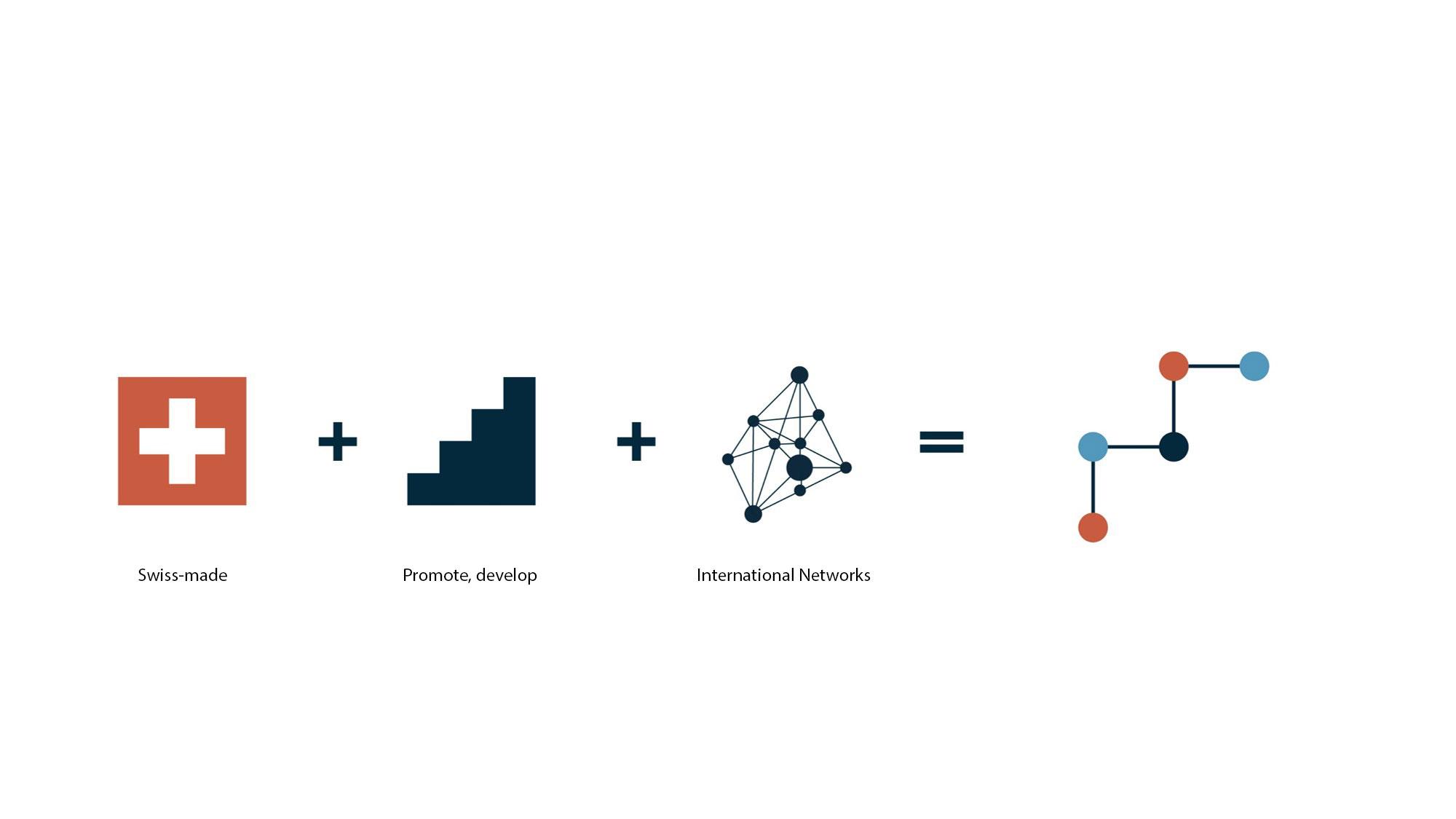A new website for the SNSF

The SNSF has a new website! In addition to bringing the technical side of things up to date, the new website offers enhanced user-friendliness and a first look at our new corporate design.
No other area of communications has evolved more rapidly than the digital realm. Since the last version of the Swiss National Science Foundation’s (SNSF) website went live in 2013, much has changed. Yesterday’s technology no longer meets modern digital communication requirements. Today, for example, a website has to work on both desktop and mobile devices. Accordingly, snf.ch has undergone a complete technical overhaul. "Now, not only does the website meet modern requirements but it is also more flexible and easier to maintain," says Christophe Giovannini, head of communications at the SNSF.
Revised structure
In addition to the technological improvements, the user-friendliness of the website was boosted following an in-depth analysis.
Individuals from various SNSF target user groups were invited to participate in usability tests. The aim of these tests was to reveal
both the strengths and the weaknesses of the previous website.
Structural changes based on the test results mean that users can now find information more quickly and easily. The content itself remains largely unchanged, except for a few subpages that were added as a result of the tests. A more comprehensive revision of the content will be phased in gradually.
New appearance
In launching the website, the SNSF is also introducing its new corporate design. The idea is to convey the identity of an organisation through a careful choice of visual elements, including the logo as well as the fonts, colours and images. As a Swiss organisation that promotes research and international networking, we have adopted a logo that combines all these aspects:

Because the website is our most important means of communicating with the public, we are introducing the new visual identity here first. We will be updating all our other communication channels in due course.